Return
The winter daffodils had withered — papery twists of yellow in the green shadows of the backyard trees — but the cedar waxwings had returned. After several weeks of absence, the soft sounds of the flock’s song swept into the evening air. Then, the flock itself appeared, soaring above the roof and into the backyard. The fading daylight turned their forms to silhouettes, all but their yellow-tipped tail feathers. They glided down into the dense darkness of a water oak wrapped in English ivy. The approaching night blackened the vine’s leaves, but in that darkness, the tips of the tail feathers of the cedar waxwings flickered like small flames — candles that no night could quench.
Before the Storm
The approaching spring brought the butterflies back to the garden — first, the tattered yellow wings of an Eastern tiger swallowtail floating away into the sky; then a cabbage white fluttering among brown cords of dormant kudzu in a nearby yard; and on Friday afternoon, the season’s first American snout visited the Chickasaw plum by the back porch. Wings folded, the American snout (Libytheana carinenta) resembles a fragment of dead leaf with large eyes affixed to a head that tapers to a long beaky point. Both wings and body are the muted colors of a winter meadow — dry, dead plants hiding a herd of white-tailed deer. As the wings open and close, flashes of red-orange rust flip and zip through the air. Resting, wings extended, on the Chickasaw plum, the butterfly reveals black-bordered wings with columns of three large, orange spots along either side of the butterfly’s slender body. Towards the tips of the forewings, small splashes of white shimmer like the sunlit plum blossoms from which the butterfly draws nectar.
By Saturday, the plum tree’s blooms had shed those glowing white petals. In the hours before the storm arrived, wind ripped the petals from the Chickasaw plum. It tossed the petals across the garden like crumpled, torn tissue paper. It left behind spidery flowers of white, stringy stamens. It revealed the plum flowers’ calyx — five sepals fused into the shape of a star the color of a leaf newly burst from its bud.
The tassels of elm flowers had transformed to solid structures in that same shade of pale, bright green. The clusters that dangled from the tree’s twigs resembled, from a distance, newly sprouted, miniature leaves. As I walked closer, I could see the single line, the dark red of maple blossoms, that striped each leaf. But as I drew even closer, I saw these were not leaves, but newly formed fruits. Like maples, elms produce fruits called samaras — flat, thin, winged capsules that each hold a single seed. Up close, the dark red line across each green shape sharpened into the rusty reddish-brown edge of each fruit’s calyx. Short, soft white hairs fringed the wings of the green fruits. By taking a close look at the fruits, I realized for the first time that the branches themselves were also lightly coated with short hairs.
The elm extended a slender, fuzzy branch over the garden path and down towards a young pawpaw tree. From short green stems hung pendulous green buds, densely furred with short hairs the same dark, rusty red-brown as the sepals that clasp the base of each elm samara. The wind, the harbinger of a fierce evening storm, grasped the buds as it tore through the garden, and shook them. The pawpaw buds swung from side to side, violently, like bells calling an alarm.
The wind continued to the blueberry bushes, weaving through twig-thin branches now full of bright new leaves. Just three months ago, they quickly “turned from green, to red, to gone;” but now, just as quickly, they have turned from gone to red-edged pale green. When the winds briefly stilled and ceased fluttering those red and green leaves, one red and green shape took form — not leaf, but an assassin bug nymph the precise shades of red and green as the blueberry leaf upon which it rested, presumably lying in wait for other insect prey.
Elsewhere in the garden, insects visited the chokecherry bush. When the Chickasaw plum had burst into bloom, the chokecherry flowers were still encased in pearly round buds. As the flowers of the Chickasaw plum faded, the chokecherry has assumed their role — yielding cymes of five-petaled blossoms at the end of each branch, as though each is an outstretched arm presenting a loved one with a miniature bouquet of white wild roses. Many flew to accept this gift — bees, flies, and wasps. On these flowers, I watched the first potter wasp of the year; with its narrow waist flaring to a fat, round base, the wasp was like a winged black vase with just a few decorative white lines.
Violets bloom at the feet of all of these trees. With five white petals, veins of indigo and blue-violet, the flowers nod over the green hearts of their leaves. At long last awake, they push through the quilt of dry, dead leaves that sheltered their winter slumber. Even now, the blanket of leaves wraps around them, protecting new leaves and flowers from the wind of winter’s end.
After the Storm (What’s Under that Log?)
After rain is the best time to look for globular springtails, the cute and often colorful kind with big abdomens and big eyes (well, eye plates, really.) Look for them on and under logs as well as on mushrooms and lichen. Some of the springtails pictured below were found a week earlier after a different storm. The yellow springtail on soil (those are grains of sand in the soil, not big white rocks — that’s how small the springtail is) is probably in family Katiannidae, the two pale orange-brownish with dark purple-pink markings are in family Sminthuridae (possibly Sminthurus carolinensis), and the small off-white springtail with dark brown markings is Sminthurus mencenbergae.
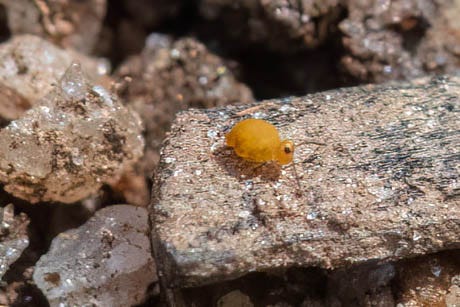
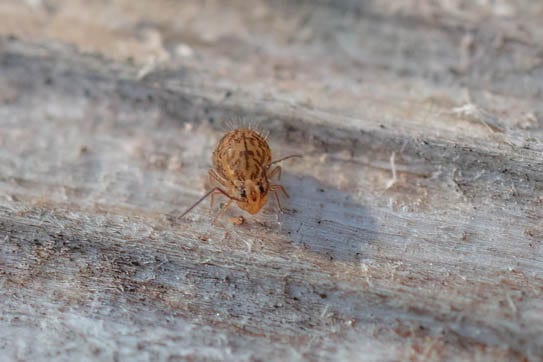
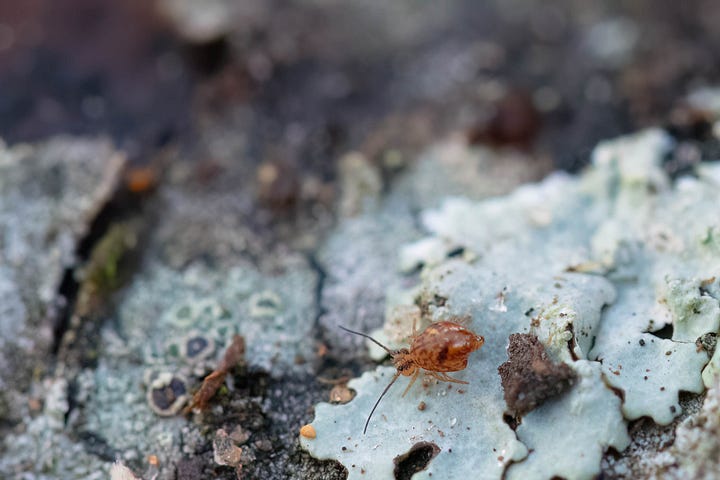
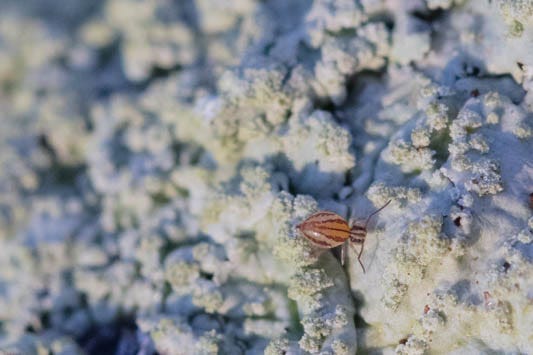
Upcoming Events and Community Science
Georgia Botanical Society’s 56th Annual Spring Wildflower Pilgrimage - April 25th-27th in Ellijay, Georgia. Presentations and a pizza party and lots of North Georgia field trips! Registration is live! Full disclosure: I am on the board.
Rutgers University Personal Bioblitz 2025 is still going (through-May 15th) and is open to those interested in nature who have a connection to Rutgers — students, faculty and staff, alumni, previous Bioblitzers, and friends, including online friends. The purpose is to find and document and learn about as many wild things as we can, both to learn, have fun, and contribute to science. To join or to check out the stats, see the official iNaturalist project.
If you’d like to take another walk in my garden, the posts linked below were referenced in today’s post. All of the essays that include at least one scene in my garden (or at least, that I remembered to tag “garden”) are here.
The End of the Brown Season
First, I noticed the brushy lines of dark red stretching into the sky — wide, hazy borders along each branch of the red maple trees that have suddenly transformed from bare branches to hundreds of blooms.
Midwinter Color
An entirely white sky — the black lines and curves of bare branches stood out starkly, like ink on paper. This is the speech of trees.




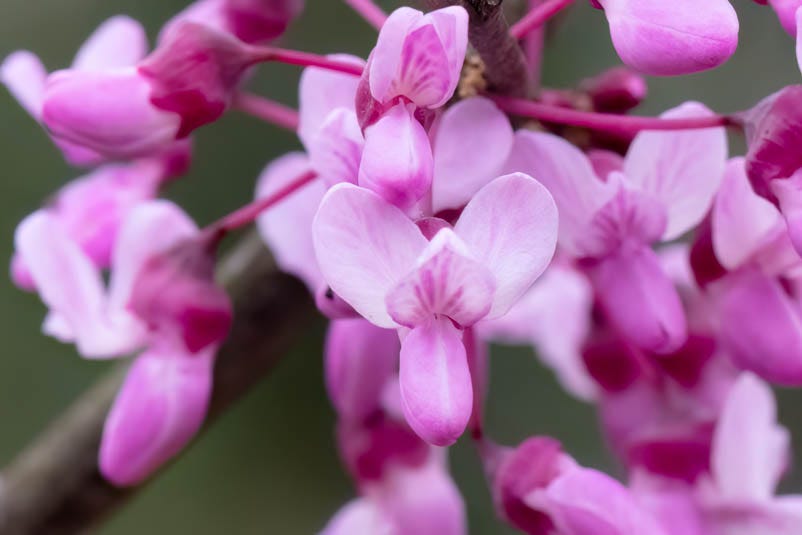



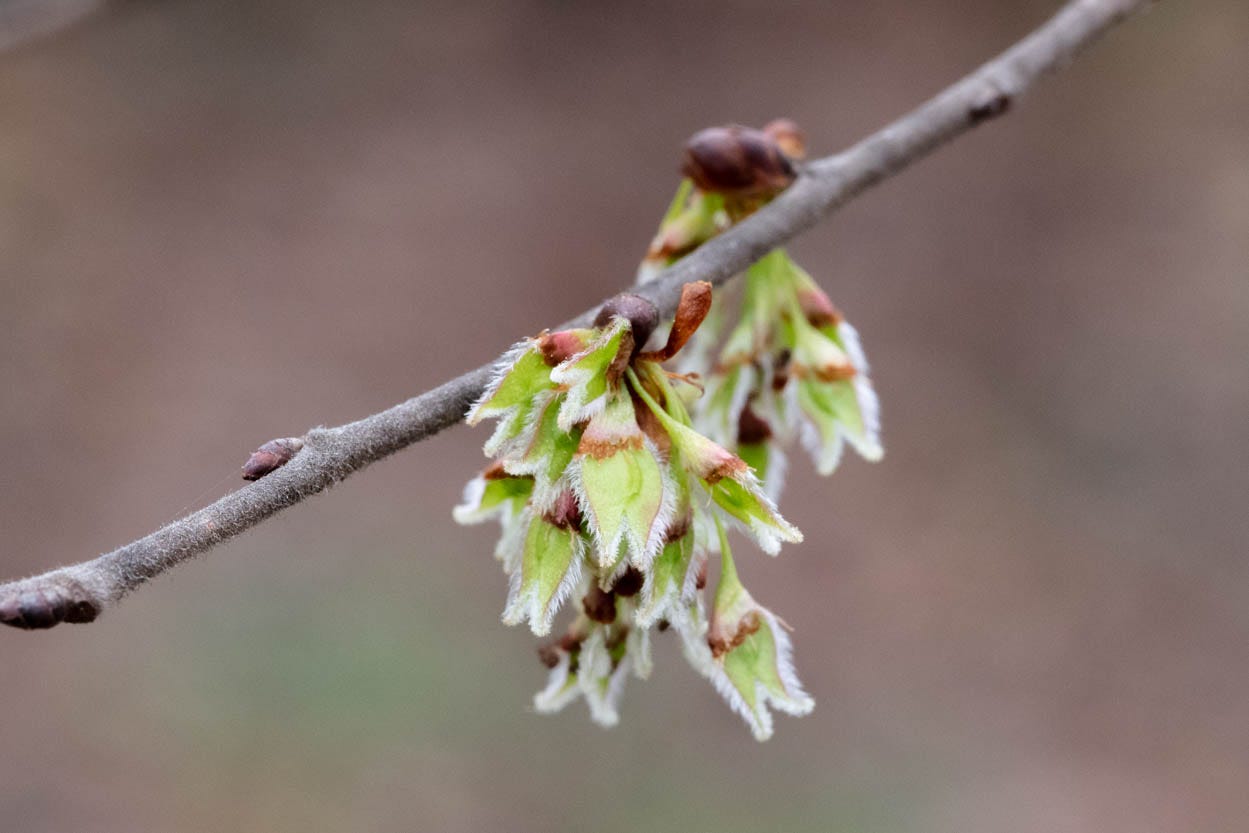
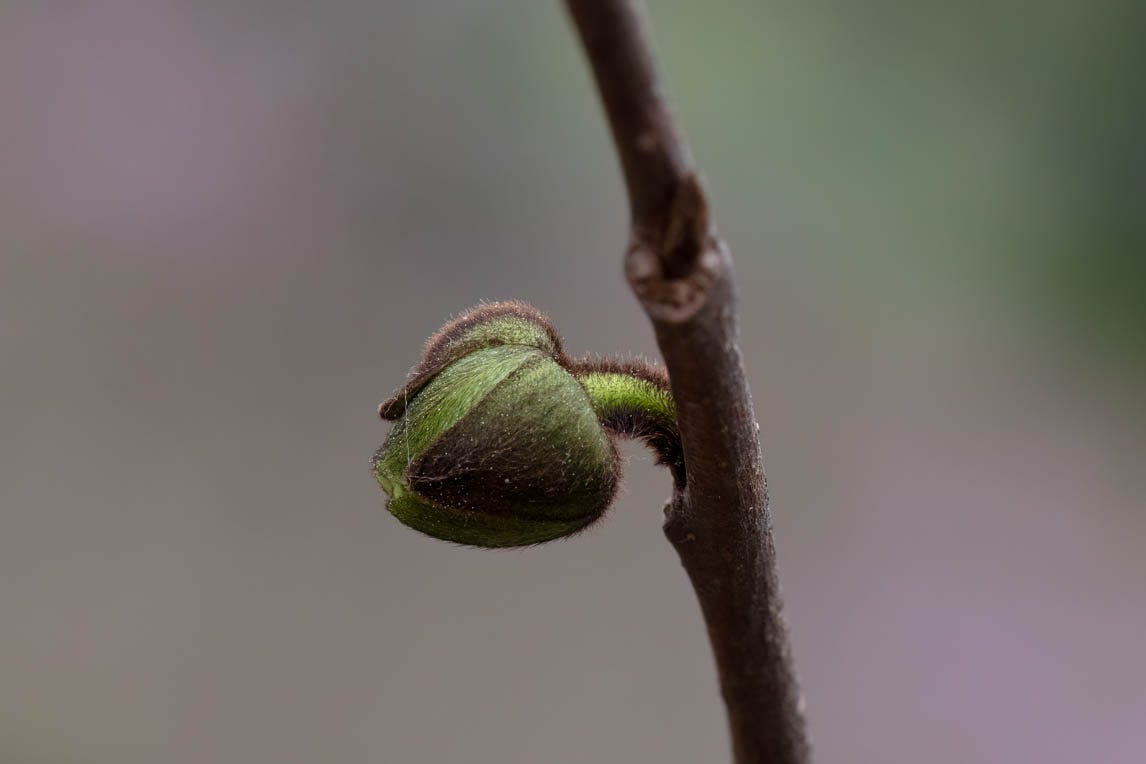
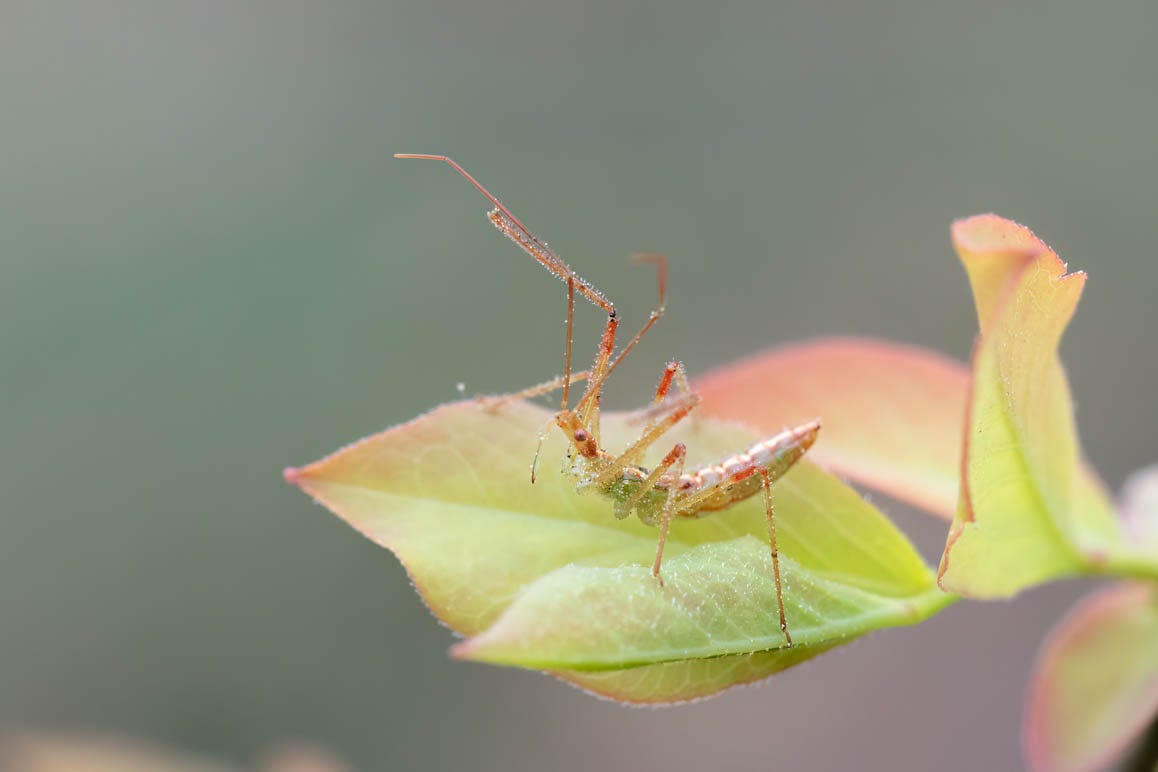


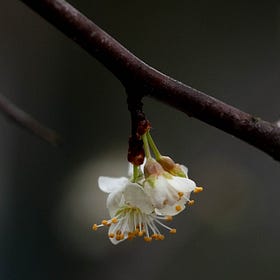

Your posts read like poetry. I am ever-envious of this moment and image: The approaching night blackened the vine’s leaves, but in that darkness, the tips of the tail feathers of the cedar waxwings flickered like small flames — candles that no night could quench.
Those springtails! WOW!
Our Aronia is also blooming, first time I believe. Thank you for the lovely photos.